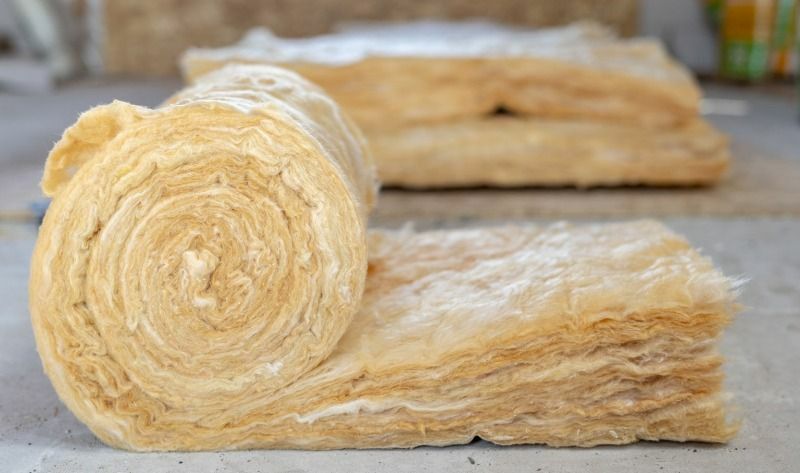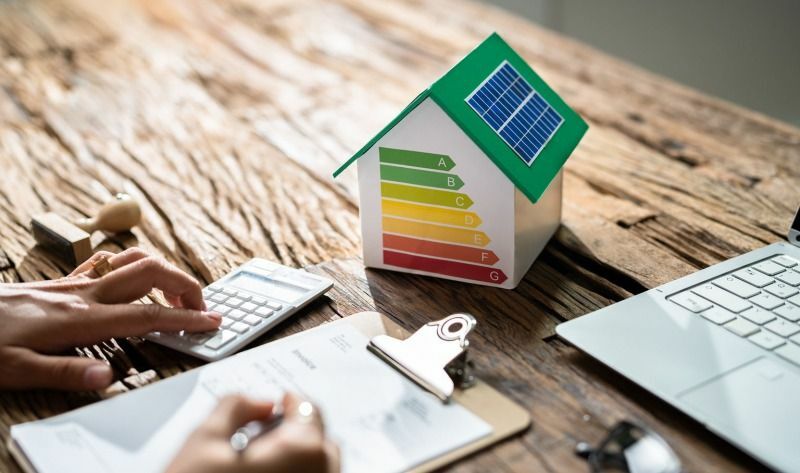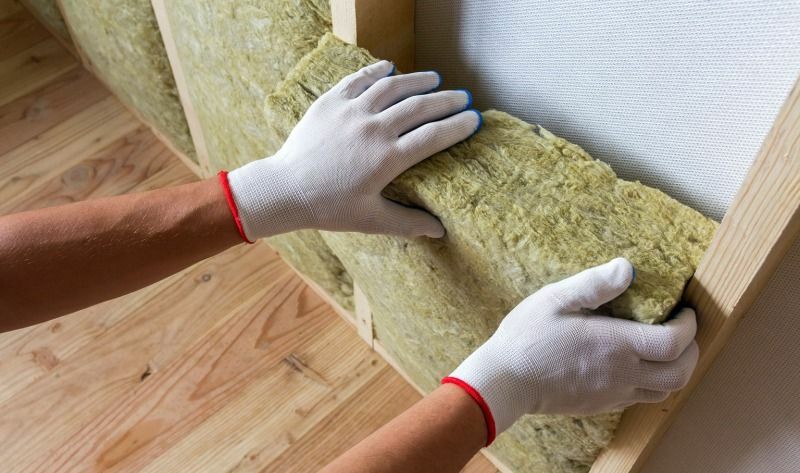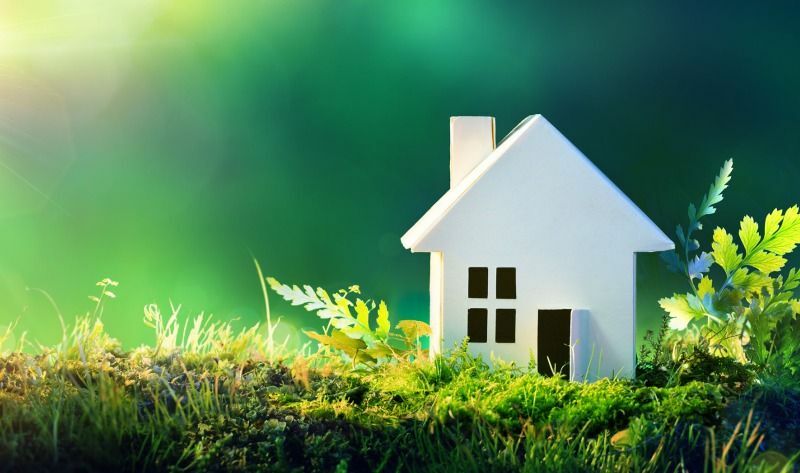Sustainability, Saving Money, and Conserving Energy in Virginia

In the quest for greener living, insulation wields the power to transform houses into sustainable buildings. Beyond simply keeping us cozy, it champions energy efficiency, curbing costs, and embracing eco-consciousness. Insulation acts as a barrier to protect our homes from temperature fluctuations and is vital to reducing energy consumption and improving sustainability, proving that small choices can have colossal impacts for both our wallets and the planet.
Understanding Insulation with Our Environment
Insulating materials are integral to both comfort and environmental impact. These innovative substances, made from a variety of materials, ranging from high-tech foams to renewable resources like paper, regulate temperature while nurturing our ecosystem. Embracing them means breathing cleaner air, as they prevent moisture buildup and mold. They encourage sustainability by slashing carbon footprints and reducing our reliance on fossil fuels to heat and cool our homes, minimizing greenhouse gas emissions of pollutants like carbon dioxide.
Embracing Sustainability with Insulation
Insulation isn’t just a comfort enhancer; it’s a ticket to coveted green building certifications like Owens Corning and LEED, and energy efficient building certifications like ENERGY STAR. These certifications honor structures that are embracing sustainability, and insulation plays a starring role. When insulation reduces energy consumption, it curtails the need for resource-intensive cooling and heating systems. Additionally, it aligns with waste reduction goals by extending the lifespan of buildings and reducing the demand for replacements.
Energy Efficiency and Cost Savings

We know that insulation helps reduce energy consumption by serving as a barrier against fluctuating temperatures to create energy efficient homes. Coupled with air sealing, insulation fortifies our walls, roofs, and floors, shielding our interiors from temperature extremes, giving our HVAC units a break, lowering our energy bills, and leading to substantial long-term cost savings. What’s even better is that the government, both local and federal, often recognizes the choice of eco-friendly insulation, offering enticing tax incentives and rebates that further sweeten the deal. Check out what Virginia Energy incentives you may qualify for.
Health and Indoor Air Quality
Past insulation products often contained chemicals such as formaldehyde that can be harmful when breathed in, but today’s insulating materials are free of such chemicals and insulation manufacturers are continuing to create more environmentally friendly ways to produce insulation. Today’s insulation significantly elevates occupant well-being, improving indoor air quality. Its non-toxic composition, with low volatile organic compounds (VOC), chemicals found in everyday household products that can vaporize into air, ensures quality indoor air, while its resistance to mold and pests safeguards against allergens and irritants. Combined with air sealing to stop unwanted airflow, insulation fosters consistent thermal comfort, ensuring that your home is a place where residents and visitors can breathe freely.
Insulation Installation and Retrofitting

When it comes to insulation, proper installation is key to unlocking its full potential for energy efficiency. Seal all gaps and crevices, preventing air leakage that can undermine its effectiveness. Don’t overlook attics, walls, and floors. For existing homes, retrofitting offers a golden opportunity to boost insulation levels. Consider blown-in insulation products, fiberglass insulation or cellulose insulation made from recycled materials for insulating various parts of your home including your attic and interior walls. Consult the experts for tailored advice, ensuring your efforts lead to a cozier, greener home that stands resilient against energy wastage.
Case Studies: Successful Insulation Projects
There are many homes in Virginia and beyond that are insulation success stories. These homes and buildings have been transformed from simple bricks and mortar into successful symbols of energy efficiency. In Japan, LIXIL, a global housing products company, created a “Living Studio” for people to experience firsthand the benefits of a well-insulated home, even recreating different environments and temperatures. In Jamestown, RI, a family set out to turn their 1920’s bungalow into a net-zero house, while a Boston architect goes above and beyond to create energy-efficient homes with innovative insulation.
These real-life examples showcase how a modest investment in insulation can orchestrate a harmonious symphony of eco-consciousness and financial gain, resonating far beyond initial expectations. Closer to home, Virginia homeowners can save up to 17% annually in energy costs with a properly insulated and air sealed home. Simply having conversations with friends, neighbors, and family will also reveal numerous successful insulation projects.
Going Green: A Sustainable Lifestyle
Insulation weaves seamlessly into the tapestry of sustainability, reminding us of our power to make impactful choices. By embracing efficient, environmentally friendly insulation practices, we align with a larger movement to conserve resources, reduce emissions, and build a more harmonious future. Committing to a greener lifestyle is not as daunting as it may seem. Small, conscious efforts, such as using energy-efficient light bulbs or turning off the lights when you leave a room can make a lasting difference. When coupled with updated insulation these choices can lead to even larger benefits for you, your community, and the world.
Green Insulation for a Brighter Future

We’ve talked about the continuing pursuit of embracing sustainability, saving money, and conserving energy, with insulation being at the forefront. Insulation bolsters our homes, our health, and our planet through improved indoor air quality, energy efficiency, and reduced carbon footprints. It feels good to save money while conserving the earth. Every homeowner that chooses to make insulation and air sealing an integral part of their sustainability efforts has the peace of mind knowing their small investment is making a sizable impact.
At Toler Insulating, we take pride in the insulation products and services we offer our central Virginia community. If you would like to learn more about improving your home’s energy efficiency with insulation and air sealing, contact us today to speak with a member of our expert insulation team.